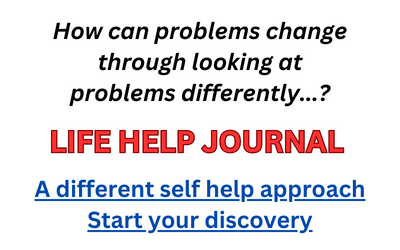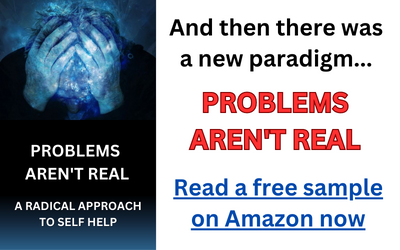Ho’oponopono is one of the first processes I learned of during my personal journey into life improvement (or self help, if you prefer). I came to like, and trust, ho’oponopono very much and I consider myself pretty well informed about it.
So what is it?
Ho’oponopono is a means for improving life that, I think it’s fair to say, embraces a spiritual approach. Ho’oponopono is spiritual because it endorses the notion of an absolute divine source — God is one name for this — and proposes connecting to this source as a means for problem solving and life improvement.
Ho’oponopono however is not religion.
There are no worship rituals within ho’oponopono, no rules or commandments for how one should live, no hierarchy. The temple where ho’oponopono is practiced is the self, and only the self. Ho’oponopono is between you and the divine source and that’s the end of it.
What’s your relationship, from the ho’oponopono perspective, with this divine source? This source is your creator and you are a direction extension of it. You came from it, and it is you. I had never heard of God, if you will, described as the self in this way before ho’oponopono… but I have heard God described in this way many times since.
This is a tremendous insight for most people, as many of us have been taught that we are beneath God and subservient to God, and that God often looks down upon us critically. Not so says ho’oponopono, and other teachings.
You really are equal to God. Take a moment and consider that statement. How does it affect you? Does it offend you? Do you consider it some form of blasphemy and so the idea of embracing it frightens you?
Consider this verse from the Christian Bible:
Who, being in the form of God, thought it not robbery to be equal with God:
And consider this quote, attributed to Jesus within the Bible:
Neither shall they say, Lo here! or, lo there! for, behold, the kingdom of God is within you.
Ho’oponopono then is not really breaking new ground at all. What’s significant about the God comparison is what it means for your life prospects, or your salvation if you want to think of it in that way. If you are equal to God, an extension of God, what are your limitations? What do you have to fear? What stands in your way?
Nothing, except for you. And this really is the crux of ho’oponopono and other significant spiritual — but not necessarily religious — teachings. Your only significant opposition exists internally. There’s nothing “out there” aside from a projection of your internal state and your greatest nemesis is your own mental stream.
To put this another way, if you want to fix your life go within. Ho’oponopono and other teachings, like conscious presence, never try to fix the world; they fix you — not by changing your essence, which is essentially perfect, but by clearing internal conflict.
Ho’oponopono does this by a process called cleaning. Ho’oponopono cleaning is mantra repetition. There are a number of mantras used in ho’oponopono: I love you; thank you; I’m sorry; I love, I’m sorry, please forgive me, thank you; and a number of others.
Repeating these mantras is said to clean up memories, which are equivalent to karma. These mantras serve as well to interrupt the mental stream and this mental stream — thinking and visuals and corresponding emotional responses — are where emotional dysfunction is found, every time.
So using ho’oponopono clears up our karma and discontinues the toxic mental stream. A good two-for-one bargain? Absolutely.
Here are two important things to note about ho’oponopono: The mantra repetition is done on an ongoing process, as in continually without cease, throughout your waking day.
I love you, I love you, I love you, I love you, I love you, I love you, I love you.
This is not a no effort approach. Are you able, or comfortable, with using a continuous mantra? If not then you may want to look beyond ho’oponopono.
Another important thing to note about ho’oponopono is that it is not intentional manifestation. This is to say that ho’oponopono is not the method to use for intentionally fulfilling your desires. If you’re using ho’oponopono to get something or another you are barking up the wrong tree — unless what you hope to get is peace.
Using ho’oponopono is said to get us to the zero state or zero, or nothing. This state is clear of mental interpretation, of the effects of the mental stream; it is behind the effects of the mind and puts us into direct touch with the divine part of us. It is peace beyond conscious understanding.
From here life circumstances that feel desirable can occur, and sometimes do, but it’s not an intention. The intention is only to get to peace. Manifestations are not part of the equation (though, if we dig deep enough, all manifestation desires really are an effort to be at peace). This explains the ho’oponopono directive “no expectations”.
Does ho’oponopono work? Yes — it works to bring stillness and peace to the life experience. The informed, and committed, ho’oponopono practitioner is not concerned with results beyond this. Does this sound like you, or not?
I do recommend ho’oponopono but go into the practice knowing what it requires, what it is, what it does, and what it doesn’t do.
Learn more about ho’oponopono Here. If you’d like to know more about manifesting desires find valuable insights Here and Here.

